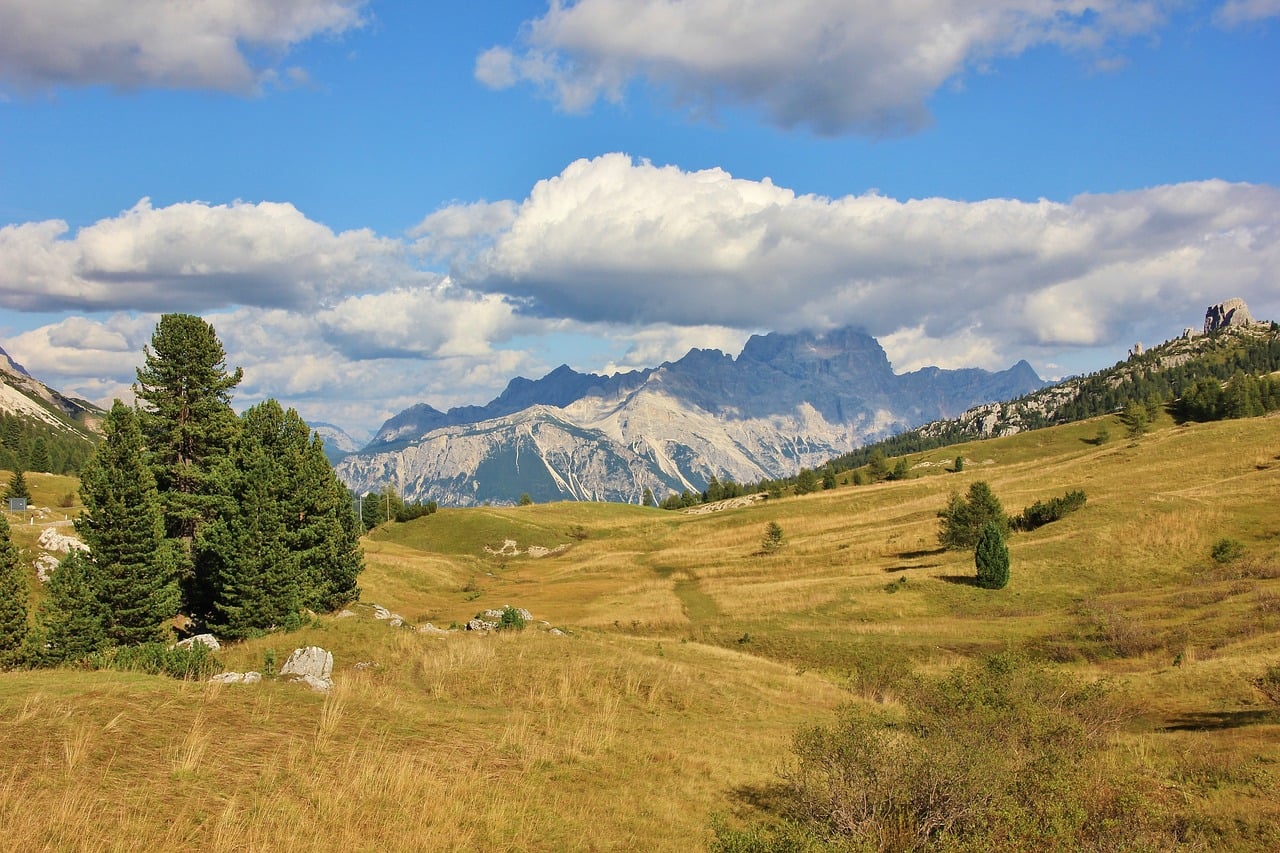You may soon be able to put your photography skills to use working for NASA by helping to record changes in cloud activity.
Spring is an exciting time of the year for many people. After a cold winter, warmer weather and the birth of new life brings about a cheery time of year with weather that many find to be the most comfortable out of every season. Coming alongside that beautiful spring weather are changes in the clouds that our space agency wants to document. Citizen scientists may soon start working for NASA in order to help document the flurry of cloud activity.
It’s important to keep in mind that this avenue of working for NASA is more for the advancement of science than it is for a paycheck, but with such a large amount of data needed, working for NASA by submitting pictures will help them fill the gaps that they can’t fill with their limited employees.
The space agency and the international GLOBE program are looking for amateur photographers to help out and start working for NASA. All you need to do to participate as a citizen scientist is to download an app called GLOBE Observer – available for both iOS and Android.
By working for NASA and taking pictures with the GLOBE Observer app, you’ll be contributing to the “Clouds and the Earth’s Radiant Energy System” – also known as CERES. The main portion of CERES uses some pretty advanced technology, but it’s not easy for researchers to identify all of the many types of clouds present in their images. The instrumentation struggles particularly with differentiating thin, wispy cirrus clouds from snow since the temperature and coloring is similar. By employing the efforts of citizen scientists working for NASA, the organization may be able to look at satellite images and then compare them to data submitted by those taking pictures on the ground.
The project only got off the ground back in November, and this also marks the first time the agency is trying to get citizen scientists working for NASA in order to compare these images. The benefit of those outside of the scientific community cannot be overstated, and multiple other organizations have seen great results by employing the talents of hobbyists passionate about science and discovery. The European Space Agency just recently was able to identify a new type of aurora after hobbyists took photos that matched up with their satellite information – a similar result to what might happen if citizen scientists working for NASA are to collect enough photos of clouds.
If you’re interested in working for NASA as an amateur photographer, simply download the GLOBE Observer app and follow the directions in the app. Together with the data from the NASA equipment, the agency and citizens should be able to work together to provide greater insight into the changing weather patterns moving forward.





